In Chamula, Chiapas the entire population is the indigenous Maya and they speak an indigenous Tzotzil language. Mexican police and military have no presence there. Chamulas have their own militia. There is also a church unlike any other in Mexico.
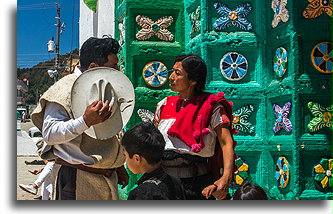
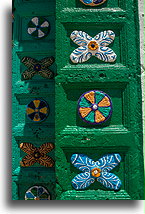
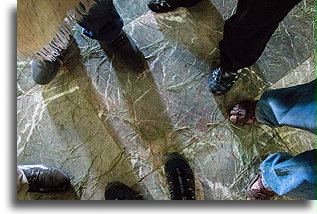
Centuries old church of San Juan looks picturesque with its whitewashed walls and a brightly painted entrance. There is a cross at the top of the façade as usual. It could be a typical Latin American church, but inside we noticed a lot of unexpected and unique elements. Upon entering, we were overwhelmed by the smell of lit candles, thousands of which were placed on the sides. There are no pews and no altar. The entire floor covered is in a carpet of long green pine needles. Along the walls of the church stand wooden figures of Catholic saints. The Indians sit on the floor in small groups. Before the ceremony begins, they sweep the needles from the floor around them and stick a large number of thin candles directly onto the stone floor. The number, size, and color of candles depend on the type of medical condition being treated. The Maya believe that light represents life, every human being carries light. Candles are needed to cure and protect the soul and the body. Lit candles help to free the spirit of the cured. Candles have to burn out completely, because they are an offering to God and the Saints. The ceremony is performed aloud in Tzotzil. Those who do not know how to perform prayers themselves hire a shaman. During a prayer, they all sit on the floor, moving the body rhythmically, sometimes weeping, and repeatedly making the sign of the cross. Coca-Cola is an important part of the ritual. It is splashed over lighted candles. However, the most powerful in pulling evil spirits or illness are chickens. Live birds are often used in the ritual of sacrifice. During the prayer, they are lifted over the candles several times until they are killed by pulling the neck. All you can hear then is the faint click of a falling head. The per continues. One of the participants holds the shaking bird tightly not to let it escape. The whole ceremony ends with a sip of pox (pronounced ‘posh’), local hard liquor made of corn, sugar cane and wheat.
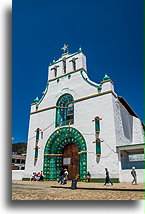
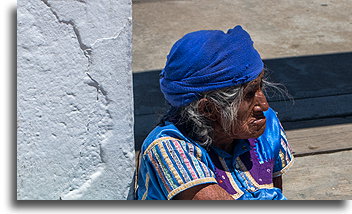
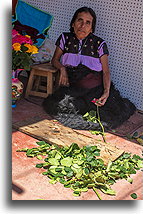
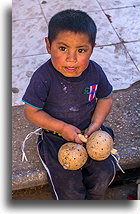
These unique rites are the result of a mixture of strong Maya beliefs and many years of Christianization introduced by Spanish missionaries in the mid-sixteenth century. Rituals of bloodletting and human sacrifice were extremely important to the ancient Maya. This is now replaced by sacrificing the life of the chicken. There are no standard Catholic Masses in Chamula. Only their own rituals are cultivated here, for which no priests are needed, but only local shamans.
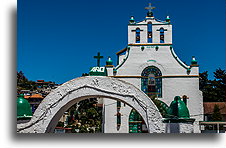
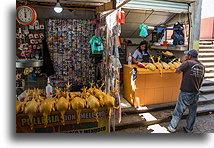
I was wondering what happens to the dead chickens. Do they take them home to eat, not necessarily? At the local market next to the church, we found a clue. There is a stall with many chickens for sale, all of them with twisted heads.




